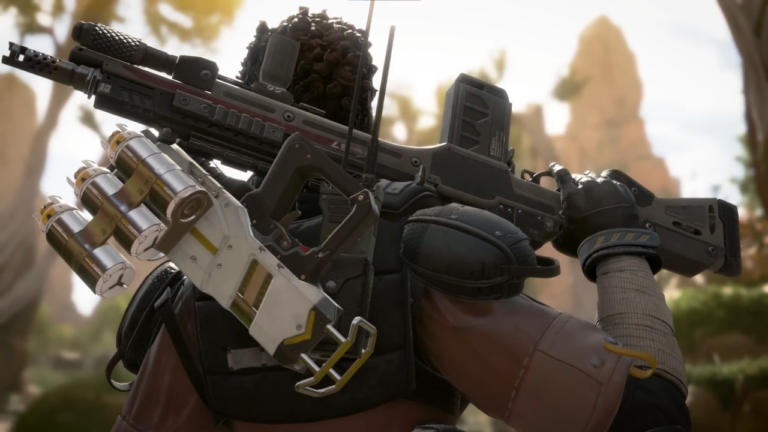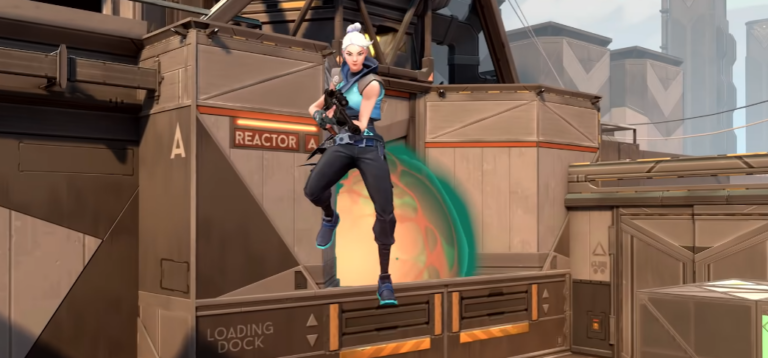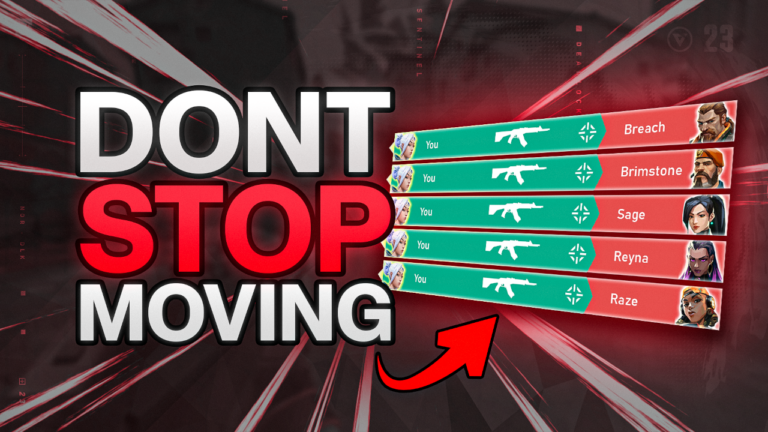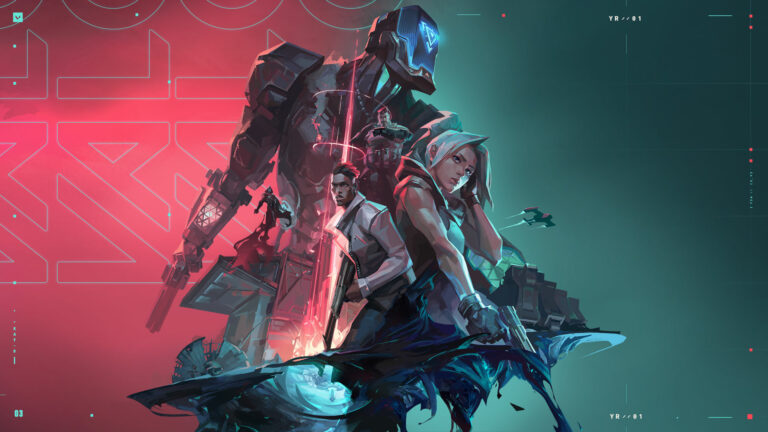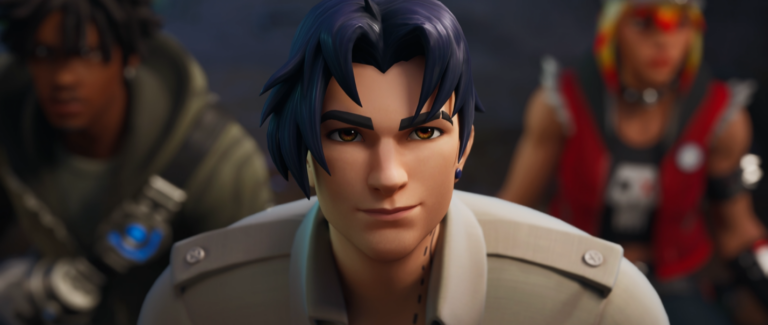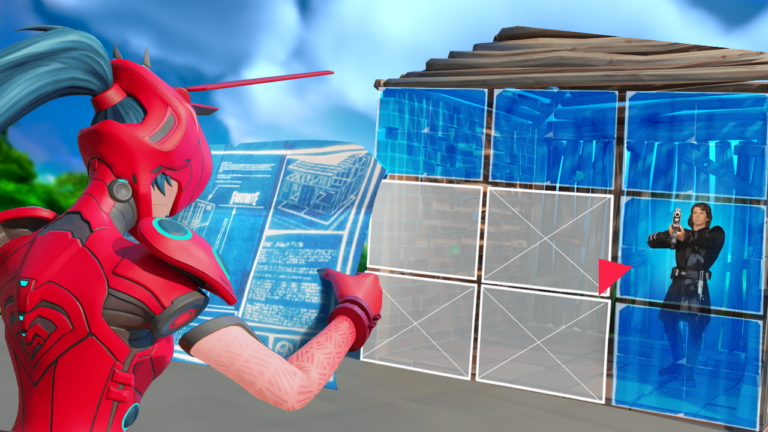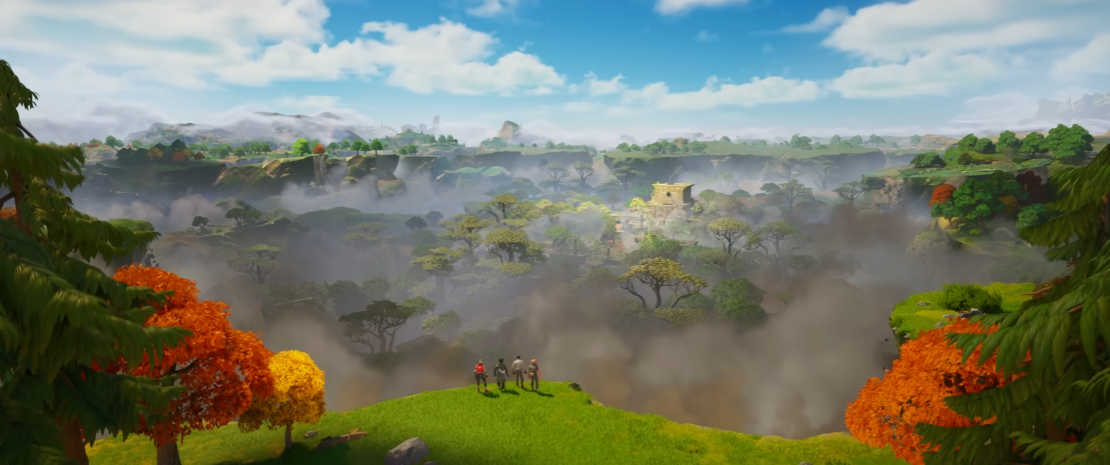
From Noob to Pro: Combat Fundamentals You Must Know
As you’re starting off your Fortnite journey, do you find that you’re hiding in bushes most of the game? Well, it’s time to come out into the open because that Victory Royale isn’t going to earn itself! In this guide, we’ll review the combat fundamentals, how combat impacts gameplay, and how to improve your fighting skills. We’re even going to go over the ultimate secret that will help you reduce any sweaty player to putty in your hands.
The Three Fundamentals

There are three important traits that you will need to become a better combatant. The first is aim, the second is reaction speed, and the third is game sense. Good aim can ensure that you always hit your target, possibly ending fights before your opponent has a chance to gain an edge. Reaction speed can save your life if you’re caught off guard, allowing you to respond with your own fire, or the time you need to build up and defend yourself. Finally, game sense will provide you with the knowledge needed to make the right decisions in any situation.
Improving Your Aim
Do you find yourself securing clean kills often? By clean kills, we mean the situation when you engage an enemy without taking much damage, if any, or expending too many resources. The best way to earn more of these clean kills is to train your aim to end fights faster.
Pros typically improve their aim with a combination of techniques and gameplay settings. Changes such as sensitivity adjustments can greatly improve how quickly you can bring your crosshair over your opponent, as well as your stability while you do so. Going through aim training courses can help you land your shots more consistently while also improving your ability to accurately hit that damage multiplier even if you’re aiming at a moving target.
Reaction Speed
Having great aim is an important skill to have in your toolbox, but if you’re not the initiator in your engagements, it’s not going to make any difference. Reaction speed can make or break you during any battle, especially as you start mastering the art of building in Fortnite.
One problem that many noobs face is being unable to come up with a decision once they’re engaged. Some will focus on retreating while forgetting that building is an option. Others may try to match the opponent’s aggression but struggle to locate the enemy.
Players on the other side of the spectrum will see an opponent and know what should happen next but hesitate in the hopes that they’ll have an even better shot opportunity. Before you know it, the opponent is either gone or already opening up on you.
One good way to improve your reaction speed is to condition yourself to perform a specific action during any given situation. If you get hit, and your shield is broken, box up! If you spot an opponent and they don’t see you, take the shot! These combat fundamentals may not win you the fight each time, but they will help you stay focused when it’s time to react.
Reaction time becomes especially critical once you start build battling and piece control. If you make the effort to claim a wall, you need to be ready to place your own. The same goes for when you box an opponent and need to open up a space to peek.
Game Sense
The final piece of the puzzle is game sense. Knowing the layout of a map keeps you from running straight into dead ends, and learning the meta keeps you from misusing your weapons while also giving you an idea of what the other player may be packing. Most importantly, knowing how the best players in the game are using the mechanics will show you the tactics that your opponents may be trying to use against you.
Now that we know the three combat fundamentals, let’s learn about the most important factor when it comes to Fortnite; you.
Playstyles: Passive and Aggressive

What type of player are you? Are you the type to go completely aggro on your opponents? Or do you prefer to take it slow, find the perfect angle, and beam your opponents down? A good player knows how to slip between both playstyles, but many players tend to lean one way over the other.
Passive
Players who lean towards passive play tend to land uncontested, build up their arsenal throughout the match, and then pick and choose the best times to strike. This is a great way to get more Victory Royales. However, this might result in the player lacking combat skills when things get ugly.
Aggressive
The more aggressive players will prefer to land hot, taking the action that comes with having more players around them. They may even spend the rest of the match actively seeking out more players for a higher elimination count. They may, however, have a similar drawback to the passive players. Playing aggressively might require you to take more risks, which means you will be leaving yourself exposed every now and then.
While it is a great idea to expose yourself to both playstyles, if you want to improve at combat, you will need to be more aggressive to prevent your skills from getting rusty.
Solo Arena & 1v1’s
Playing Ranked mode Solo Arena could be a great way to reinforce your combat fundamentals and instincts. Though it may sound a bit scary, it will give you the opportunity to play against more unique and refined playstyles. Your reaction time will also improve since you’re growing more accustomed to faster playstyles. Grinding enough in Ranked Arena will give you a significant edge over players in the more casual playlists, as they’ll seem much slower and more manageable.
Another option to improve is to play 1v1s against stronger opponents since this will expose you to repeated combat with no intermissions. You can use this as a method of warming up before you start grinding out BRs. When you build a regiment doing this, you’ll be able to adopt a more aggressive playstyle.
Fighting Wkey
Now, how do you deal with an overly aggressive player, also known as a W keyer? If you play passively like most beginners, you may have a hard time defending yourself and fighting back. We’ve got some tips for you though.
The secret to taking down W keyers is being able to determine how skilled the other player really is and adapting from there. Is the player as tough as they look, or are they bluffing you with their aggression?
Many W keyers are counting on you to lose your cool as they pressure you. If you respond with equal aggression, you can throw them off, especially if that player doesn’t have the skills to back up their tactics. You’ll also find that maintaining distance works very well against W keyers, since their playstyle revolves around closing the distance between them and you as quickly as possible. If the fight lasts longer, it gives you a chance to turn the tables on them.
Now, let’s go over some close and long-range combat options. Close-range combat usually results in fast outcomes one way or another. Close-range weapons such as the SMG, are built to deal tons of consistent damage up close. Shotguns
The Flow of Combat

Combat in Fortnite continues to transform and evolve the longer that the game lasts, so let’s take a look at how opponents will usually play around each stage.
Early Game
In the early game, everyone is scrambling to grab a good weapon, stock up on materials, and fill up their shields. As a result of this many players will fail to bring their A-game to combat, but some players will still choose to be aggressive in the early game, taking advantage of the confusion.
Mid Game
During the mid-game, combat starts to slow down again. You won’t encounter nearly as many players, and when you do, it will usually be because you’re actively seeking out engagements. You should also be aware that if a fight takes too long, you will definitely have to worry about players trying to third-party your battle. If you’re not seeing any combat though, make a habit of scrolling through your weapons and reloading each of them. Entirely too many new players tend to forget to do this and end up engaging with guns that are only half-loaded.
Late Game
The combat in the late game is very similar to the early game; you’ll most likely encounter more opponents during this time, but instead of the combat being frantic, it’s more calculated. This means most other players will have better loot and mats to spare, so you’ll find yourself relying more on your building skills in this phase.
Building

While they’re not impossible to learn, building mechanics can be some of the most difficult to learn. If you don’t have the muscle memory for cranking 90’s or creating edits, then you need to start free building on creative mode as much as possible. Simply learning the position of basic pieces is going to greatly improve your durability during matches.
Boxing up gives you the time needed to recover during or after a battle. If you suddenly get hit and take a ton of damage, you’re going to need cover ASAP. If you plan on making the most out of this cover, forget about medkits and whip out faster items such as minis and floppers.
Piece control is a more advanced technique that is very effective against other players who are also skilled builders. It essentially allows you to build around your opponent so they have fewer movement options during the fight.
High ground is extremely important in the late game, especially in competitive playlists. Highground will let you follow the storm circle without needing to worry about players attacking you from every possible direction. It will also help you avoid worrying about bumping into another player’s build.
Confidence

This may sound overly simplified, but the ultimate secret sauce to tying together all of the other combat fundamentals is confidence.
Confidence is not a placebo to make bad players feel capable, there is actual science to it, and confidence constantly fluctuates during each engagement.
The key is to boost your own confidence with practice, exposure, and wins. Meanwhile, you can use some of the tactics that we’ve mentioned so far to lower your opponent’s confidence. Getting them boxed up, cracking their shields, and being aggressive can all work towards leveling the playing field. Even if you’re going head to head with a sweaty player, if you can shake them up enough, you’ll see them get sloppier and more susceptible to your efforts.
So put the work in, practice, build up your fundamentals, and be confident about the efforts you’ve put in thus far; they will all work together to make you a much scarier player in every lobby.

